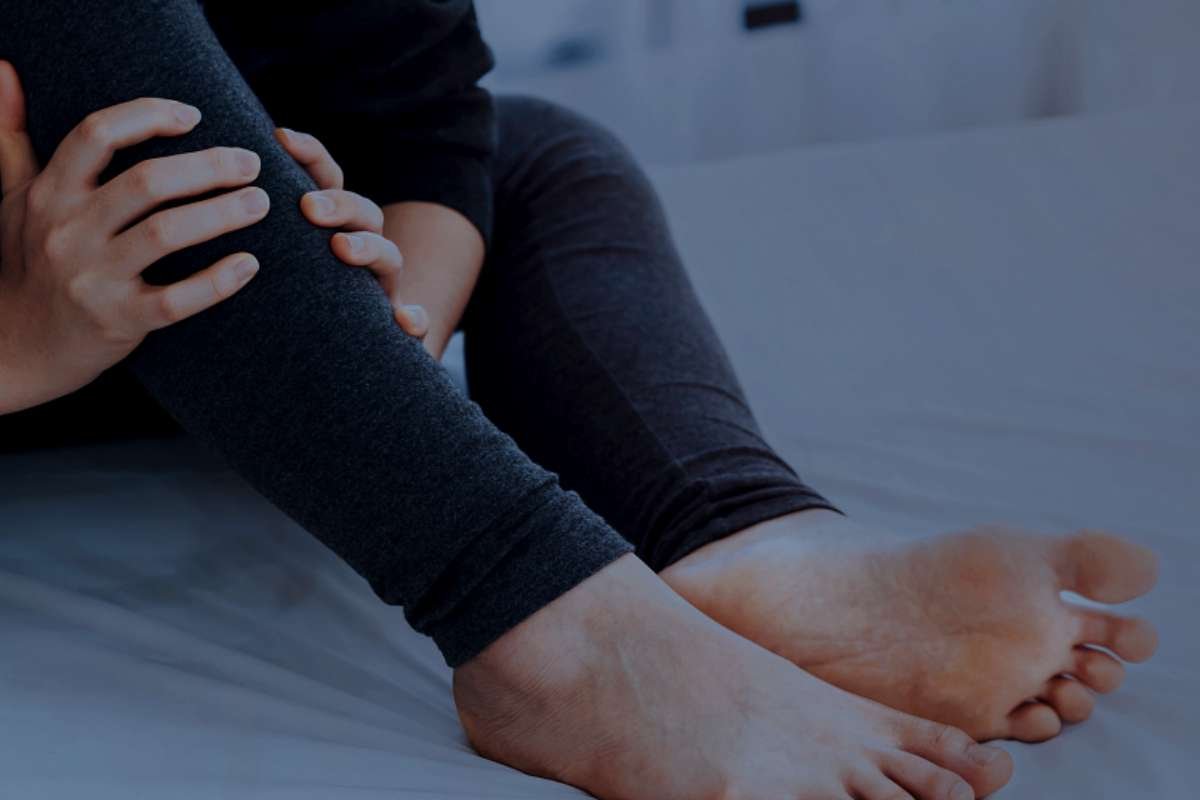Muscle soreness can be caused from the simplest of things to some of the most complex ones. You could be an athlete pushing your limits to perform better, or just a regular person trying to get back in a workout routine. A simple action can cause your muscles to sore and cause you unbearable pain. While rest and recovery form a crucial part of relieving muscle soreness, there also are many other things that you can do to help soothe your muscles. In this article, we’ll explore five such tools that can provide relief and promote muscle recovery.
Here are 5 Tools to Relieve Muscle Soreness at Home:
1. Foam Roller
A foam roller is a simple yet highly effective tool for relieving muscle soreness and tension. It’s often used in a technique known as self-myofascial release (SMR), which involves applying pressure to trigger points or knots in your muscles. Foam rolling can help increase blood flow to the muscles, break down adhesions, and improve flexibility.
To use a foam roller, place it on the floor and gently roll the targeted muscle group over it. Apply moderate pressure and pause on any sore or tight spots for about 20-30 seconds. Common areas to roll include the calves, quadriceps, hamstrings, and upper back. Consistent foam rolling can aid in reducing muscle soreness and preventing injury.
2. Massage Stick
A massage stick, also known as a muscle roller stick, is another valuable tool for self-massage and muscle relief. It’s designed with rolling or spinning wheels that target specific muscle areas, making it easier to apply pressure and knead out tension. Massage sticks are particularly effective for massaging the legs and arms.

To use a massage stick, grip the handles and roll it back and forth over the sore muscles. You can control the pressure by adjusting the force applied with your hands. This tool allows for precise targeting of sore spots, helping to improve circulation and alleviate muscle soreness.
3. Massage Balls
Massage balls, often made of rubber or foam, are versatile tools that provide localized pressure to sore muscles. They come in various sizes and densities, allowing you to choose the one that suits your needs. These balls are ideal for targeting small and hard-to-reach areas of muscle tension.
To use a massage ball, place it on the floor or against a wall and lean into it with the sore muscle. Roll the ball in a circular motion, applying as much pressure as you can comfortably tolerate. Massage balls are excellent for addressing specific trigger points and can help release muscle knots effectively.
4. TENS Unit
Transcutaneous Electrical Nerve Stimulation (TENS) units are electronic devices that use low-voltage electrical currents to stimulate the nerves and relieve pain. While they are often used for chronic pain management, TENS units can also be beneficial for reducing muscle soreness and tension.
To use a TENS unit, attach electrode pads to the skin near the sore muscle area. The unit then sends electrical impulses that can help relax the muscles and provide relief from discomfort. TENS units are safe when used as directed and can be a valuable addition to your muscle recovery toolkit.
5. Heating Pad
A heating pad is a classic tool for muscle soreness relief. Applying heat to sore muscles can help increase blood flow, relax tense muscles, and reduce stiffness. Heating pads come in various forms, including electric, microwavable, and chemical heat packs.

Use a heating pad, and apply it to the sore area for about 15-20 minutes at a time. Ensure that the temperature is comfortable and not too hot to avoid skin irritation. Heating pads are particularly effective for relieving muscle soreness caused by tension, stress, or mild overuse.
Additional Tips for Muscle Soreness Relief
While these tools can be highly effective in relieving muscle soreness at home, it’s essential to combine their use with other healthy practices for optimal results:
Stay Hydrated:
Maintaining proper hydration is crucial for muscle function and recovery. Dehydration can intensify muscle soreness, so make it a habit to drink an adequate amount of water throughout the day. Staying hydrated ensures that your muscles receive the necessary nutrients and oxygen for optimal performance and recovery.
Stretching:
Incorporating gentle stretching exercises into your daily routine can significantly improve flexibility and reduce muscle tension. Focus on the muscle groups that are sore or tight. Stretching helps elongate muscles, relieve stiffness, and enhance blood flow to the affected areas.
Rest and Sleep:
Adequate rest and quality sleep are essential for effective muscle repair and growth. When you rest, your body can repair damaged muscle tissues and build stronger ones. Prioritize a consistent sleep schedule and aim for 7-9 hours of sleep per night to support your overall recovery.
Nutrition:

Proper nutrition plays a pivotal role in muscle recovery. Consume a well-balanced diet rich in essential nutrients, including protein, to facilitate muscle repair and growth. Incorporate foods with anti-inflammatory properties, such as berries, fatty fish, and leafy greens, to reduce muscle inflammation and soreness.
Gradual Progression:
If you regularly engage in physical activities that lead to muscle soreness, it’s essential to follow a gradual progression approach. Avoid sudden and excessive increases in exercise intensity or duration, as this can strain your muscles and lead to more soreness. Gradual progression allows your body to adapt to increased demands, reducing the likelihood of severe soreness.
Consult a Professional:
If muscle soreness persists, worsens, or is accompanied by unusual symptoms, it’s advisable to consult a healthcare professional or physical therapist. They can provide a proper assessment and personalized guidance, including tailored exercises and treatments to address the specific cause of your muscle soreness.
By incorporating these additional tips into your muscle soreness relief routine, you can create a comprehensive and effective strategy for managing and preventing muscle discomfort. Remember that the combination of proper hydration, stretching, adequate rest, balanced nutrition, gradual progression, and professional guidance can contribute to faster recovery and a more comfortable, active lifestyle.
Conclusion
In conclusion, muscle soreness is one of the most common things to occur, and if you use the right kind of tools and techniques, it can easily be managed at home. Getting the help of these five aforementioned tools, and a healthy lifestyle, you can relieve muscle soreness at home. Remember that individual responses to muscle soreness relief methods may vary, so it’s essential to find what works best for you and your body.








